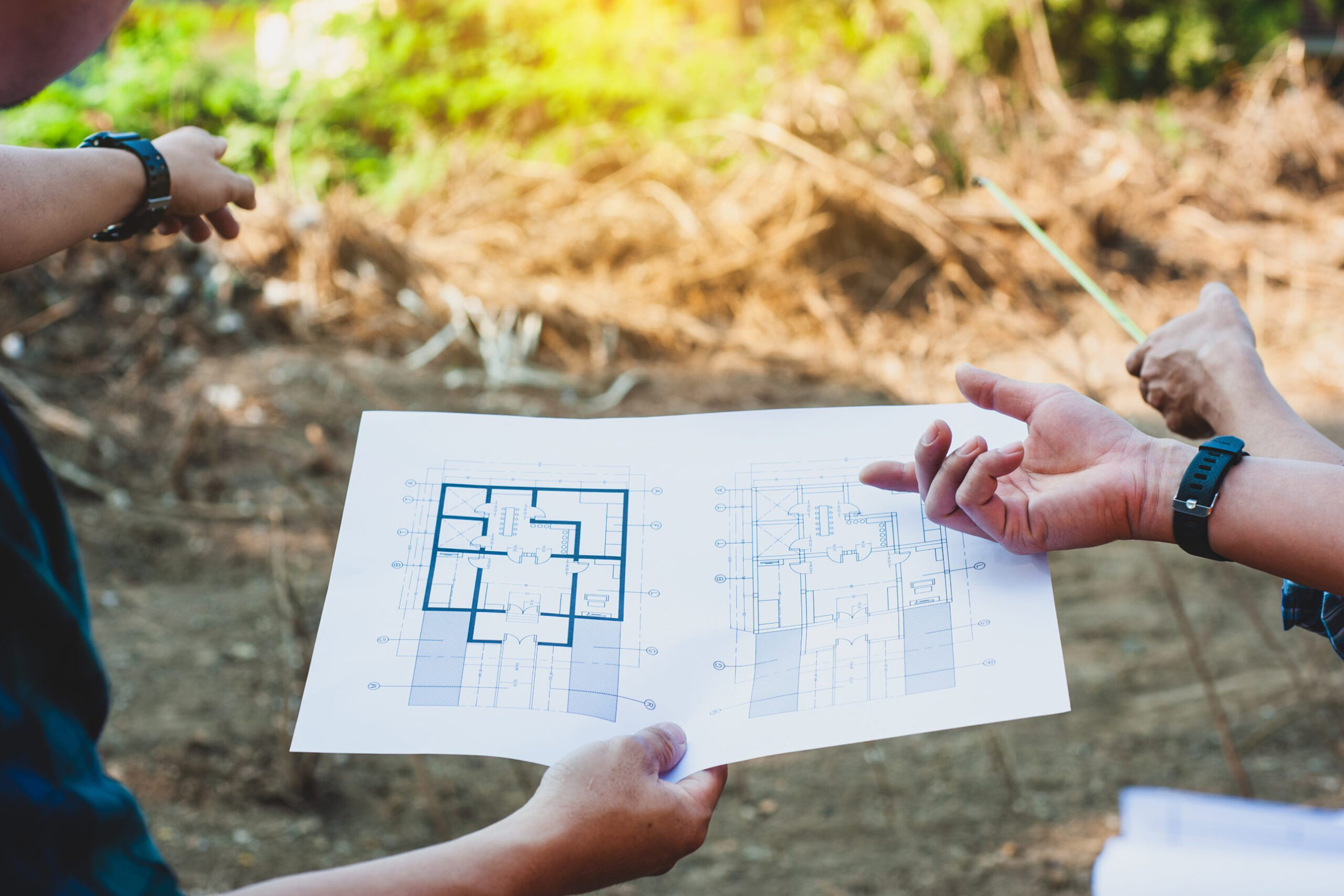BNG for Developers
The Effects of Biodiversity Net Gain on Developers: Insights from an Architect's Perspective
As environmental sustainability takes centre stage in the built environment, developers are finding themselves facing new and evolving requirements that challenge traditional approaches to design and construction. One of the most impactful changes in recent years has been the introduction of Biodiversity Net Gain (BNG) — a concept that requires developers to not only mitigate the harm their projects may cause to local ecosystems but to enhance them as well. As architects, we have a unique role in helping developers navigate these new regulations while also delivering projects that meet their business goals.
What is Biodiversity Net Gain?
Biodiversity Net Gain is an approach to development that ensures the natural environment benefits from new projects. Under the new Environment Act (2021), it has become a legal requirement for developments in England to achieve at least a 10% increase in biodiversity post-development, measured against baseline conditions. This could mean improving habitats, creating new green spaces, or enhancing existing ecological features on a site.
At its core, BNG isn’t just about minimizing environmental damage. It’s about improving biodiversity by integrating nature into the built environment, whether that’s through green roofs, sustainable landscaping, or thoughtful stormwater management. It’s an exciting shift, but it can present challenges for developers who need to adapt quickly and effectively to these requirements.
How Does BNG Affect Developers?
For developers, achieving Biodiversity Net Gain may initially seem like an added layer of complexity. However, with the right strategies and guidance, it can be an opportunity to enhance the long-term value of a project. Here are some key effects BNG has on developers:
- Increased Planning and Design Considerations
Developers now need to take biodiversity into account earlier in the design process. This means working closely with ecologists and architects to assess the ecological value of a site and incorporate BNG into the development strategy. Early engagement with specialists ensures that biodiversity improvements can be integrated into the site’s design in a meaningful way, rather than retrofitting solutions later in the process. - Additional Costs and Resources
While BNG can lead to long-term environmental and societal benefits, it may come with initial costs. Developing and maintaining green spaces, creating wildlife corridors, or restoring habitats might increase the upfront investment in a project. However, these costs can often be offset by the added value of creating more desirable, sustainable places that attract environmentally conscious tenants and buyers. - Increased Collaboration with Ecologists and Consultants
Achieving BNG requires a multi-disciplinary approach. Developers will need to engage with ecologists, environmental consultants, and architects like Mass early on to conduct biodiversity assessments and ensure all regulatory requirements are met. By building a collaborative team, developers can identify the best opportunities for biodiversity enhancements that work with the site’s existing characteristics. - Marketing and Reputation Benefits
Sustainability is becoming increasingly important to consumers, investors, and regulators. By adopting BNG principles, developers can position themselves as leaders in sustainability, which can be a significant marketing advantage. Properties that boast green roofs, wildlife-friendly landscaping, and energy-efficient designs tend to be more attractive to today’s eco-aware buyers and tenants. For developers looking to future-proof their projects, BNG can be a valuable asset. - Potential for Increased Planning Success
Achieving BNG can also streamline the planning process. Authorities are increasingly prioritizing sustainability, and developments that contribute positively to the environment are more likely to gain planning approval. Showing how a project will not only mitigate its impact on local wildlife but actively enhance biodiversity can demonstrate responsible development and align with local and national environmental objectives.


How Can Architects Help?
As architects, our role in helping developers achieve BNG goes far beyond the aesthetic or functional aspects of a design. We can offer vital advice on how to incorporate biodiversity into the architectural and site planning process in practical, innovative ways. Here are some ways architects can support developers:
- Early Ecological Assessments
We can advise developers on conducting biodiversity assessments early in the design process. These assessments provide valuable data on existing habitats, species present on-site, and any potential ecological concerns. By understanding these factors early, we can design solutions that enhance, rather than damage, the local environment. - Integrating Green Infrastructure
Green infrastructure solutions such as green roofs, living walls, rain gardens, and wildlife corridors are key to achieving BNG. As architects, we can guide developers in incorporating these features into the design, ensuring that they are functional, cost-effective, and contribute to the project’s aesthetic and ecological goals. - Flexible Design Options
Achieving BNG is not a one-size-fits-all approach. Every site will have its unique characteristics and challenges. Architects can offer creative solutions tailored to the specific conditions of a site, such as designing buildings with integrated biodiversity features like bird boxes or creating public spaces that support local ecosystems. - Collaboration with Ecologists
Working closely with ecologists allows architects to design spaces that complement and enhance the local environment. By collaborating with environmental experts, we can ensure that the ecological value of a site is preserved, while also creating spaces that are beneficial to both people and wildlife. - Long-Term Maintenance Planning
Biodiversity Net Gain isn’t just about achieving a one-off improvement — it’s about ensuring that enhancements are maintained and continue to provide value. Architects can help developers plan for the long-term care and maintenance of green infrastructure, ensuring the biodiversity improvements continue to thrive throughout the life of the project.

Conclusion: Embracing Biodiversity Net Gain
While the introduction of Biodiversity Net Gain brings new challenges for developers, it also offers an opportunity to create projects that are not only environmentally responsible but also commercially viable and attractive to modern consumers. As architects, we are uniquely positioned to support developers in navigating these changes, offering creative and practical solutions to meet BNG requirements.
By integrating biodiversity into the heart of our designs, we can create sustainable, thriving environments that benefit both the natural world and the people who live and work there. If you’re a developer navigating the complexities of BNG, don’t hesitate to reach out. Let’s work together to ensure your projects achieve the best possible ecological outcomes — and set the stage for a greener, more sustainable future.
